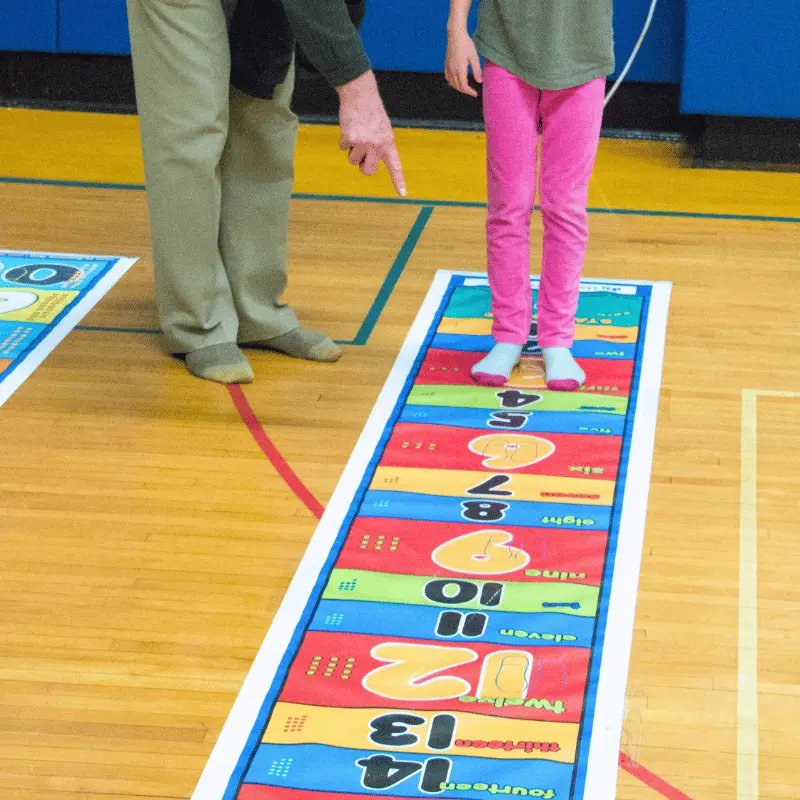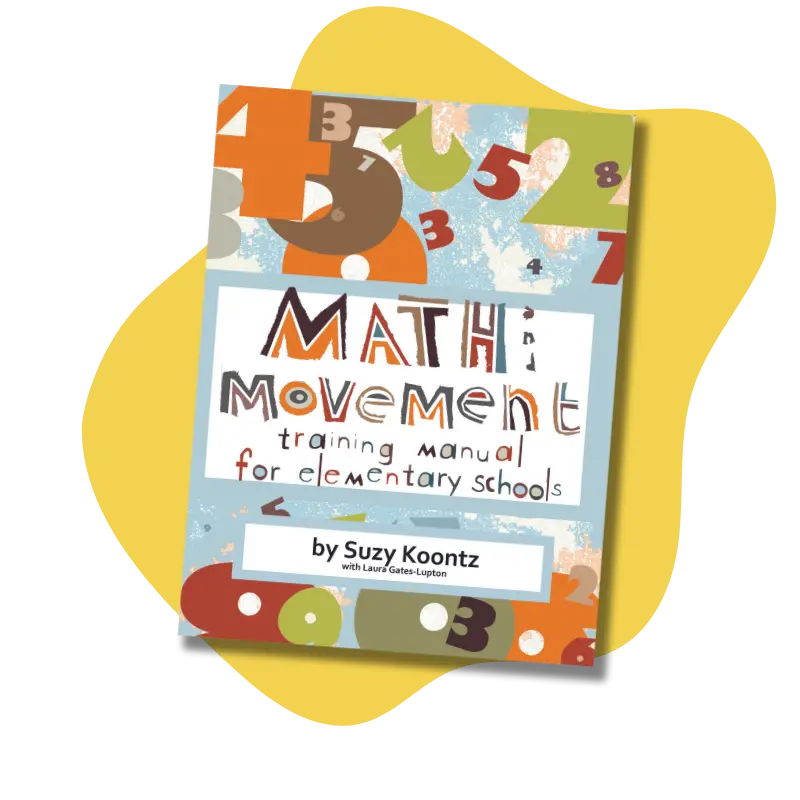Minutes of Movement Make a Difference for Heuvelton Students

-
Heuvelton Central School
Public PK-12 School
Heuvelton Central School District
Heuvelton, NY
-
16 Students
Various Grades
-
Pre and Post-Tests
Program Evaluation Tools
-
90 minutes over 2 days
Program Timeline
Study Focus: Impact of Kinesthetic Strategies on Elementary Students Learning Multiplication
This short program, held at a small rural public school in June 2016, sought to determine the effectiveness of Math & Movement after incorporating it into the school’s math curriculum. 16 students worked one-on-one with teachers for approximately 90 minutes over two days.
First, students completed a one-minute pre-test of 32 multiplication by 3s problems. This was before using any Math & Movement materials.
Next, they participated in 90 minutes of intervention over 2 days – 30 minutes in the morning on day 1, 30 minutes in the afternoon on day 1, and 30 minutes in the morning on day 2. During the invention, students practiced multiplication by 3s by jumping on the Skip Counting by 3s Mat. They used the mat as a tool to solve problems.
Finally, students completed a one-minute post-test at the end of the 90 minutes on day 2. It also had 32 multiplication by 3s problems.
On average, students’ post-test scores were ten times higher than their pre-test scores after only 90 minutes of practice. This is especially impressive considering the fact that the participating second graders did not have any prior knowledge of multiplication by 3s.
On the pre-test, students had only one problem correct on average. On the post-test, they had an average of 13 correct answers. Students scored an average of only 3.5% on their pre-tests. This increased to an average score of 40% on their post-tests. This is an average increase of 1043%!
Students demonstrated significant gains in multiplication fluency by using kinesthetic strategies. Students across grade levels demonstrated stronger fluency on multiplication by 3s.
Instructors noticed students were more focused and had fewer behavioral issues while using kinesthetic strategies. In fact, one student was on school suspension because she was so disruptive in class. But during the program, she worked consistently on solving the math problems.
Challenges
-
At the start of the program, students only scored an average of 3.5% on their multiplication by 3s pre-test. These low scores raised significant concerns.
-
This study was conducted at the end of the school year, when many students are restless.
-
Participating second graders did not have any prior knowledge of multiplication by 3s.
-
The program was relatively short (90 minutes).
Solution
Results
-
On average, students' post-test scores were ten times higher than their pre-test scores.
-
Students increased their average pre-test score of 3.5% to an average post-test score of 40%. This is a 1043% increase!
-
Students across grade levels showed improvement on multiplication by 3s facts.
-
Teachers reported that many students found the activities enjoyable and that they were willing to continue solving problems. The level of focus displayed while engaged in Math & Movement activities was remarkable.
-
Teachers also noticed fewer behavioral issues during the program.
Average Test Scores
No Data Found
Individual Student Data
No Data Found



